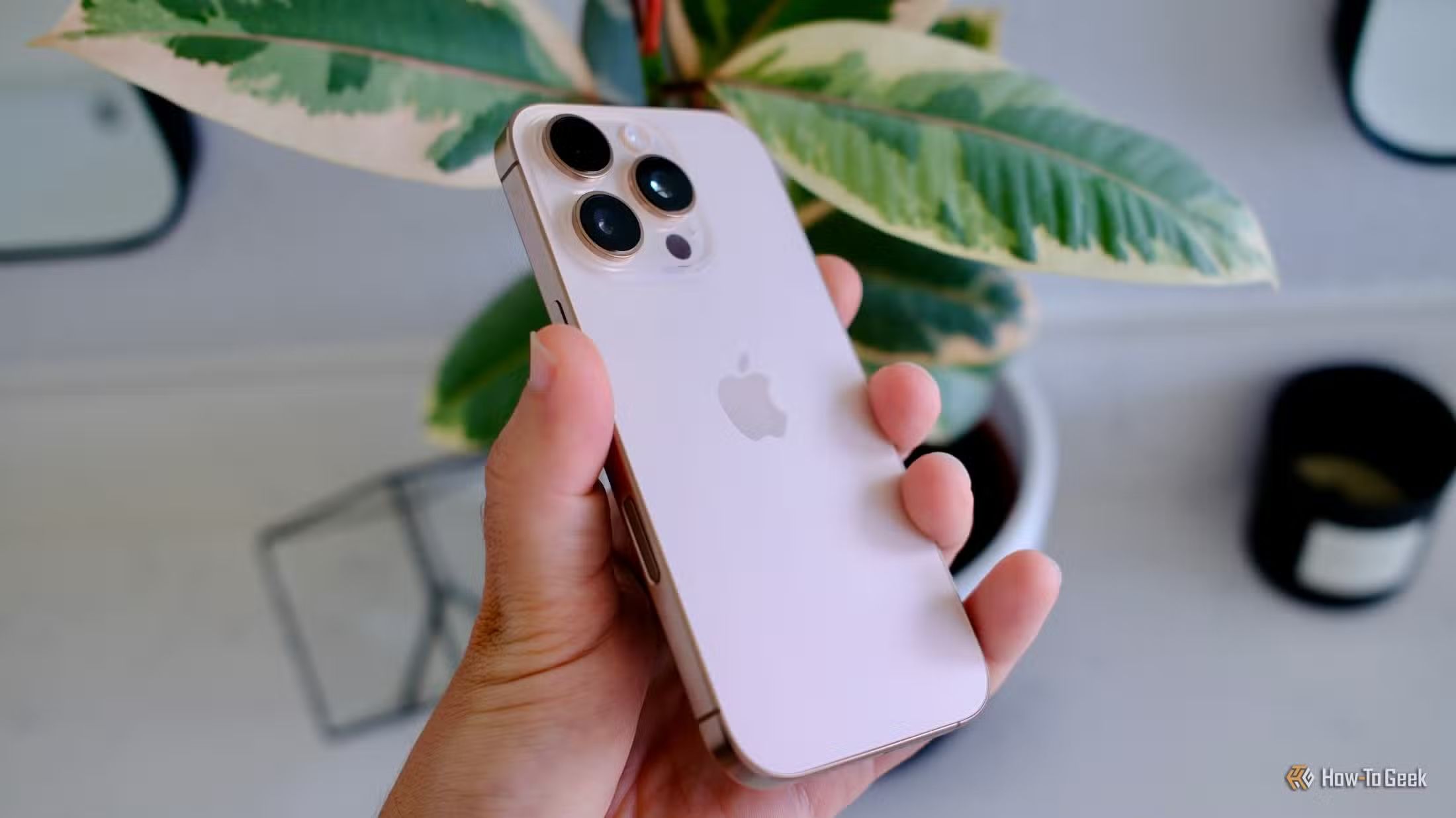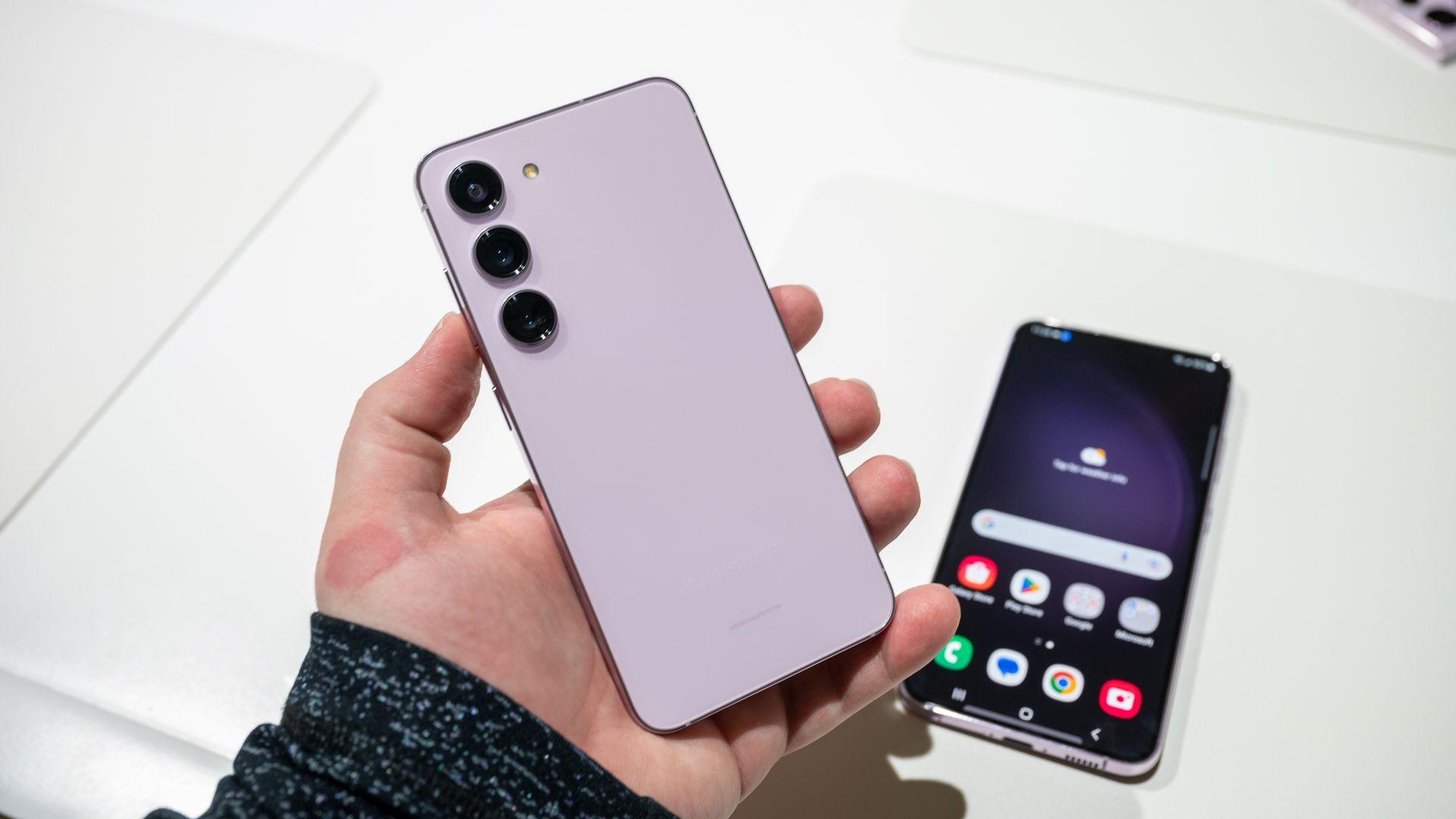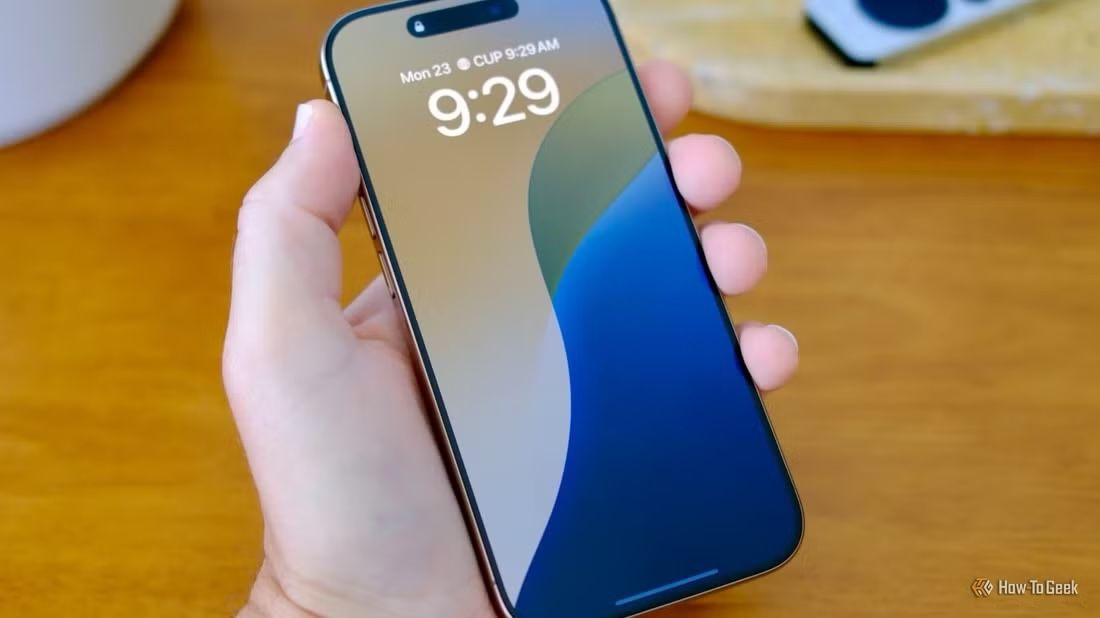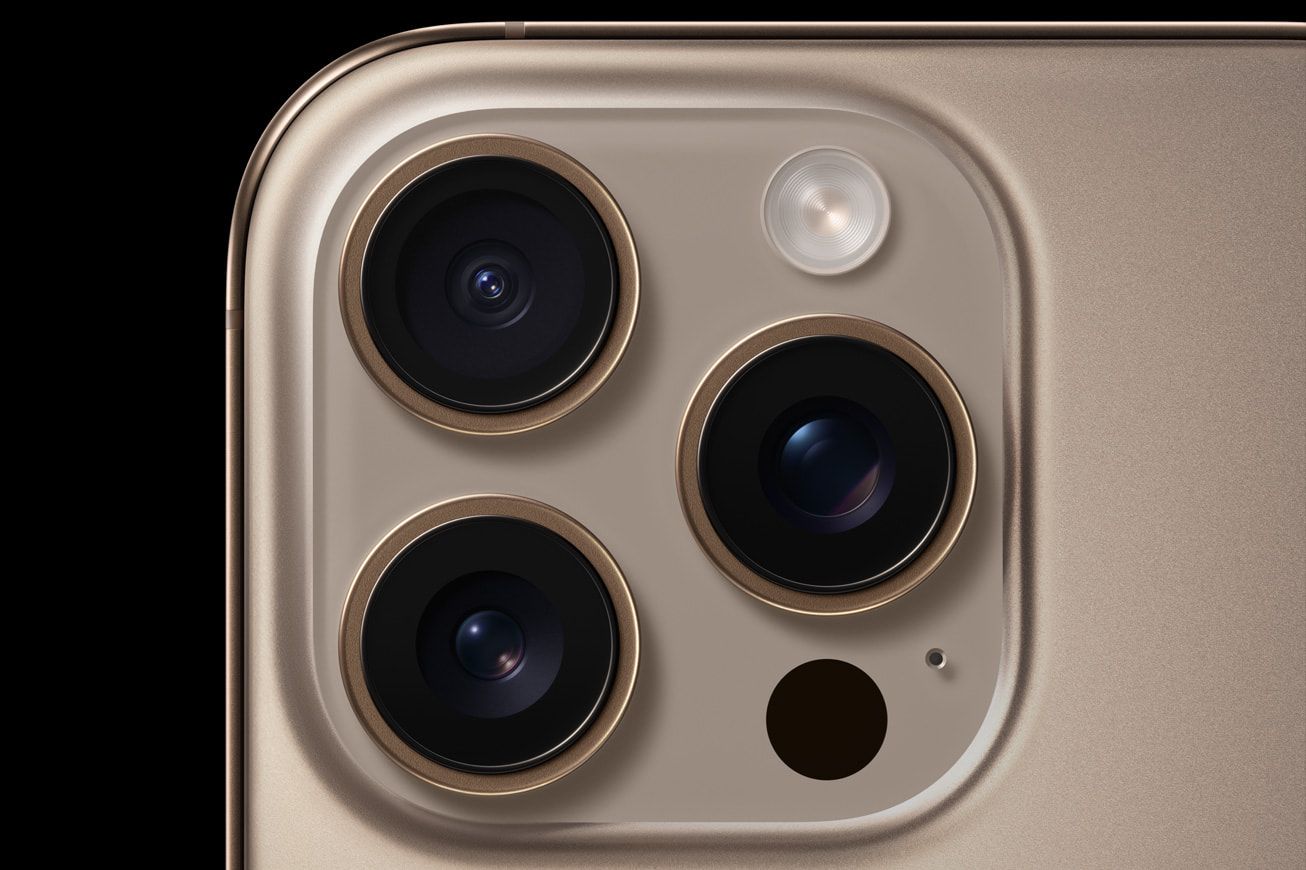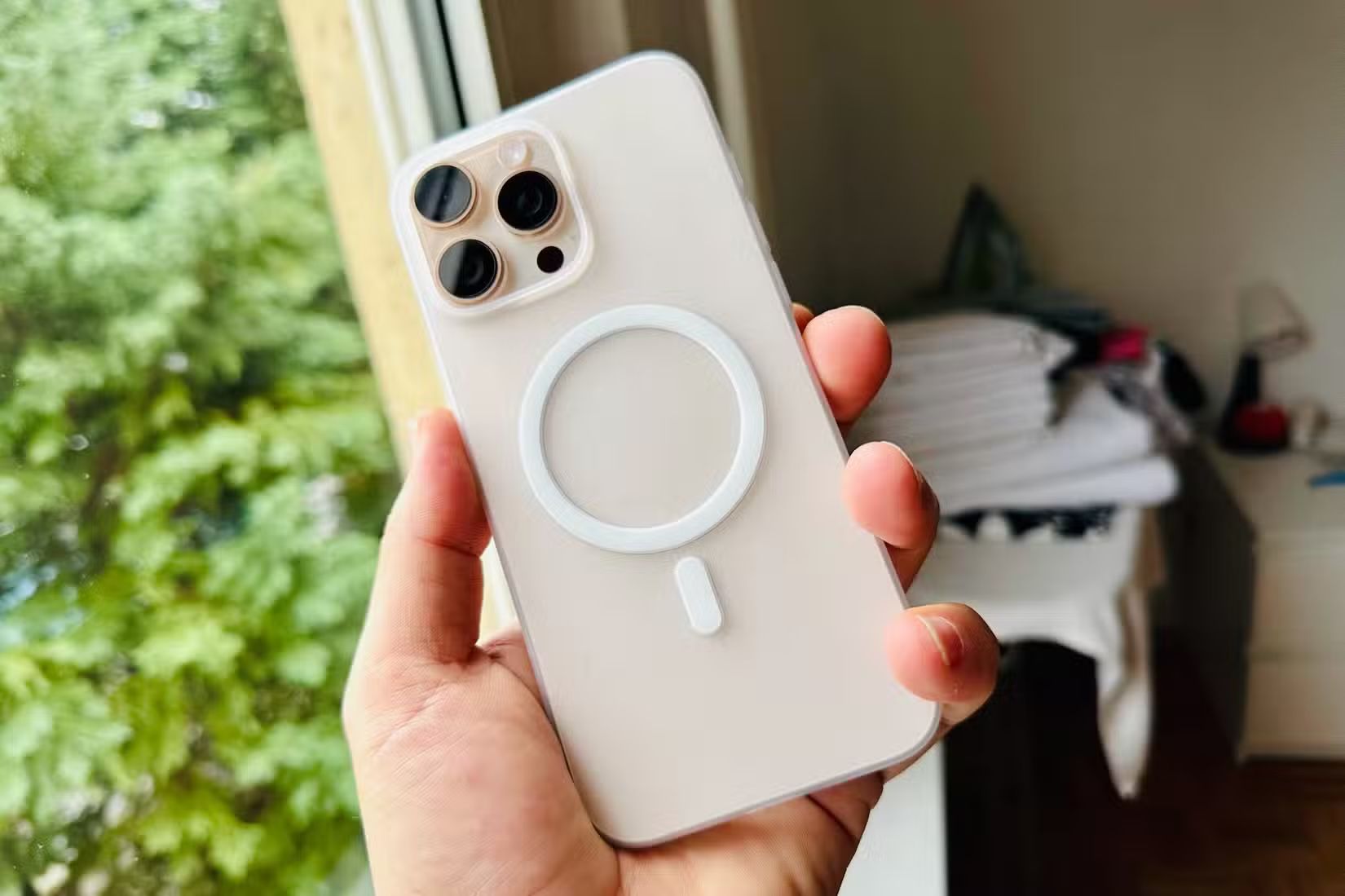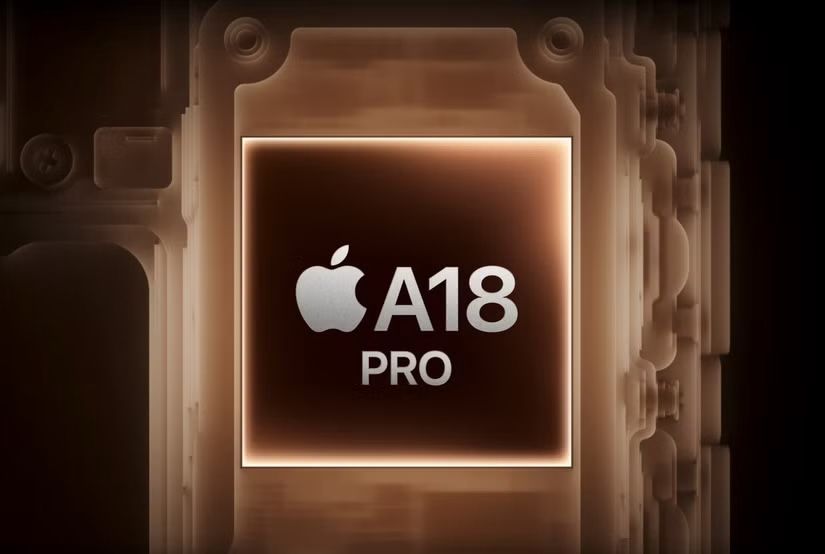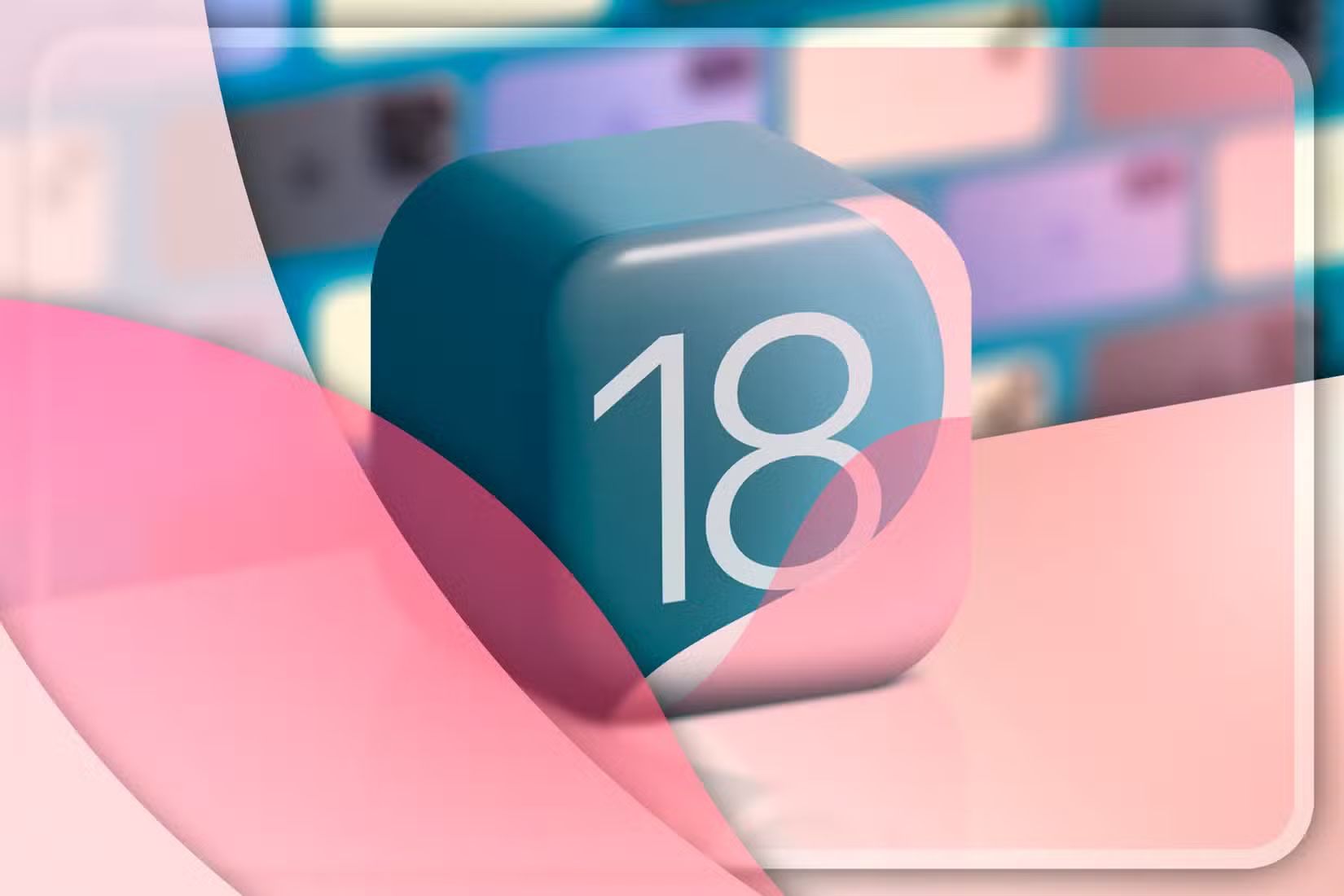Key Takeaways
- The S23+ is a popular device in 2024 with its 6.6-inch, 120Hz AMOLED screen, a Snapdragon 8 Gen 2 chipset, a full-day battery life with 45W fast charging, and a triple-camera setup.
- Meanwhile, the all-new iPhone 16 Pro features a sharper 6.3-inch ProMotion display, the mighty A18 Pro chip, and a versatile camera system.
- Whether you should switch to Apple depends on how your device performs currently, your willingness to transition to iOS, and whether you need the features available on the iPhone 16 Pro.
As a Galaxy S23+ user, the S24+ will feel like a natural upgrade. But if it doesn’t look exciting enough, and you don’t mind switching to iOS, Apple’s latest iPhone 16 Pro is an enticing option for the same price. Let’s check out how the two stack up and whether you should switch to Apple.
Design Is Subjective
Design is a crucial factor when choosing a smartphone, and the S23+ and iPhone 16 Pro differ significantly in this aspect. Unlike the S23+, which has a sleek and minimal-looking back panel, thanks to its vertically aligned flushed camera sensors, the iPhone 16 Pro features the massive camera housing we’ve seen on its predecessors for years.
Coming to dimensions, the iPhone 16 Pro appears to be a more compact phone, as it’s shorter and narrower than the S23+, making it easier to handle with one hand. It’s thicker than the S23+, though, and despite being smaller, it’s marginally heavier, too. This is because, unlike the S23+, which has an aluminum frame, the iPhone 16 Pro uses stronger and denser grade 5 titanium.
Both phones feature an IP68 water and dust resistance rating. You get Gorilla Glass Victus 2 protection on both front and back on the S23+, whereas Apple has a Ceramic Shield glass on the front and a textured matte glass on the back.
As for color choices, you can get the iPhone 16 Pro in four colors: natural, white, black, and desert titanium. On the other hand, the options for the S23+ include lavender, cream, phantom black, and green, with two online exclusives: lime and graphite.
iPhone’s Screen Is Sharper and Slightly More Energy Efficient
Being flagships, both Galaxy S23+ and iPhone 16 Pro feature excellent displays. With the S23+, you get a 6.6-inch screen with a screen resolution of 2340×1080 pixels. In contrast, the iPhone 16 Pro has a smaller, 6.3-inch screen.
However, despite being smaller, the iPhone 16 Pro’s screen outperforms the S23+’s screen in a few aspects. For one, it offers a higher 2622×1206 pixels screen resolution and a higher 460 ppi pixel density than the S23+, which is excellent for media consumption.
Then, there’s brightness. The iPhone 16 Pro offers a peak brightness of up to 2000 nits, which can get significantly brighter outdoors than the S23+ can get with its peak brightness of 1750 nits.
Similarly, the iPhone 16 Pro also has a ProMotion display. This means it supports variable refresh rates up to 120Hz, which allows it to adjust the refresh rate from 1Hz to 120Hz depending on the content. On the other hand, the S23+ is stuck at 120Hz when in use and switches to 24Hz when idle.
Lastly, Samsung’s offering uses a Dynamic AMOLED. Meanwhile, it’s a Super Retina XDR OLED on the iPhone 16 Pro, which greatly enhances color accuracy and offers excellent HDR capabilities, elevating the content viewing experience up a notch.
The iPhone Has a Versatile Camera System
Samsung offers the same setup on the S23+ as its predecessor. It includes a 50MP primary sensor, a 12MP ultrawide sensor, and a 10MP telephoto sensor. At the front, you have a 12MP shooter.
The iPhone 16 Pro features a 48MP primary, 48MP ultrawide, and 12MP telephoto. For selfie and video call duties, there’s a 12MP sensor on the front.
While both phones have capable cameras, you get more resolution from the primary sensor on the S23+. Meanwhile, if you need more optical zoom, the iPhone 16 Pro outdoes the S23+ with its 5x zoom capabilities.
Not only that, but it also has a higher-resolution ultrawide camera and a larger sensor for the front camera, which should offer more detailed ultrawide shots and clearer selfies (especially in low-light conditions).
Moving to video recording, the iPhone 16 Pro can do 4K videos at 60fps, whereas the S23+ supports up to 8K video recording at 30fps. That said, it’s worth noting that the video quality of iPhones is largely seen as unmatched.
Both Phones Can Last a Day, but the Samsung Charges Faster
Samsung claims up to 27 hours of video playback on the S23+. The iPhone 16 Pro battery is also rated for up to 27 hours of offline video playback. Ideally, both devices should last a day.
When it comes to charging, Samsung says you can charge the battery up to 65% in 30 minutes using 45W wired charging. Meanwhile, Apple claims up to 50% charge in 30 minutes with a 20W or higher adapter, which is a little slower than the S23+.
Besides, the S23+ offers support for 15W wireless charging, too, and for times when you need it, the 4.5W reverse wireless charging comes in handy for charging other devices. On the iPhone 16 Pro, you get a faster 25W MagSafe charging (with a 30W or higher adapter), which is impressive. Sadly, reverse wireless charging is still unavailable, though you get support for 4.5W reverse wired charging.
Apple Outshines Samsung in Internals
At its core, the Galaxy S23+ runs on a Qualcomm Snapdragon 8 Gen 2 processor. Fabricated on a 4nm node, it features an eight-core CPU and the Adreno 740 GPU. On the other hand, the iPhone gets Apple’s very own A18 Pro chip. It’s based on a 3nm mode and has a six-core CPU, a six-core GPU, and a 16-core Neural Engine.
While both chips are powerful in their own right and can handle everyday tasks comfortably, Geekbench scores tell a different story. The S23+ manages a single-core score of 1953 and a multi-core score of 5325. In contrast, the iPhone 16 Pro completely outshines the S23+ in terms of both single-core and multi-core performance, with a score of 3415 and 8443, respectively.
This should make the iPhone 16 Pro more capable at handling demanding tasks on paper, but it’s up for debate how much you will notice this in real-world usage.
Moving to other internals, you get 8GB of RAM on the S23+ and iPhone 16 Pro. However, you have multiple options for storage on both. While the S23+ is available in 256GB and 512GB, you can get the iPhone 16 Pro in 128GB, 256GB, 512GB, and 1TB.
Choosing Between Android and iOS Isn’t Easy
Comparing iOS and Android isn’t easy, and which one would serve you better depends entirely on your preference and usage. iOS is known for keeping things simple, whereas Android offers excellent customizability. Sure, iOS is more customizable than before, but it still can’t match what you can achieve on Android.
The iPhone 16 Pro runs iOS 18, the latest version of iOS. It’s already got some of the Apple Intelligence features with iOS 18.1 like a set of Writing Tools that can proofread and summarize test using on-device processing. iOS 18.2 will be bringing even more smarts. It also supports Camera Control, a button which gives you quick access to Visual Intelligence to look up something online quickly—kind of like Google Lens.
On the other hand, the S23+ currently runs on One UI 6.1.1 based on Android 14. One UI 6 is over a year old, and it’ll be a while before the S23+ receives the One UI 7 (based on Android 15) update. However, what’s nice is that Samsung has extended its suite of AI features, Galaxy AI, to the S23 series, so you don’t have to upgrade to the S24 series to use features like Circle to Search, Photo Assist, Writing Assist, and more.
Talking about software support, Samsung promises four years of major operating system updates and five years of security updates on the S23 series. Sadly, Apple doesn’t spell out the software support, but you can expect at least five years of updates. In recent years, the company has offered six years of updates on its iPhones.
Both Phones Cost the Same
Price is another significant factor when buying a smartphone. Both the Galaxy S23+ and the iPhone 16 Pro start at $999, but the base variant isn’t the same.
|
Galaxy S23+ |
iPhone 16 Pro |
|
|
128GB |
– |
$999 |
|
256GB |
$999 |
$1099 |
|
512GB |
$1199 |
$1299 |
|
1TB |
– |
$1499 |
So should you switch to Apple? That depends. If your S23+ is still going strong, and you don’t want the best cameras or Apple’s latest AI features, you can easily continue using it for at least a couple more years.
Alternatively, if you feel the need to upgrade, the iPhone 16 Pro is a great phone to switch to, with its mighty chip, sturdy build, and versatile camera system. Or you could check out the S24 series if transitioning to iOS seems daunting.


